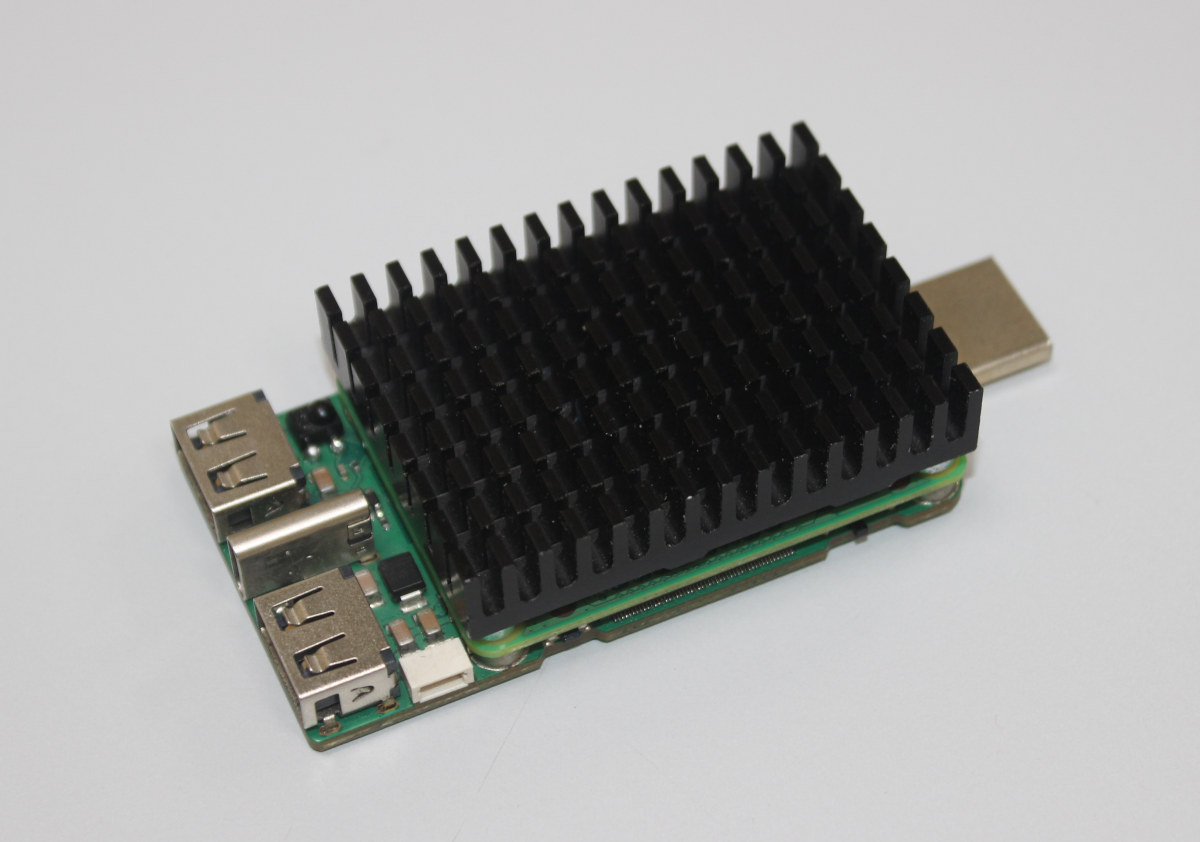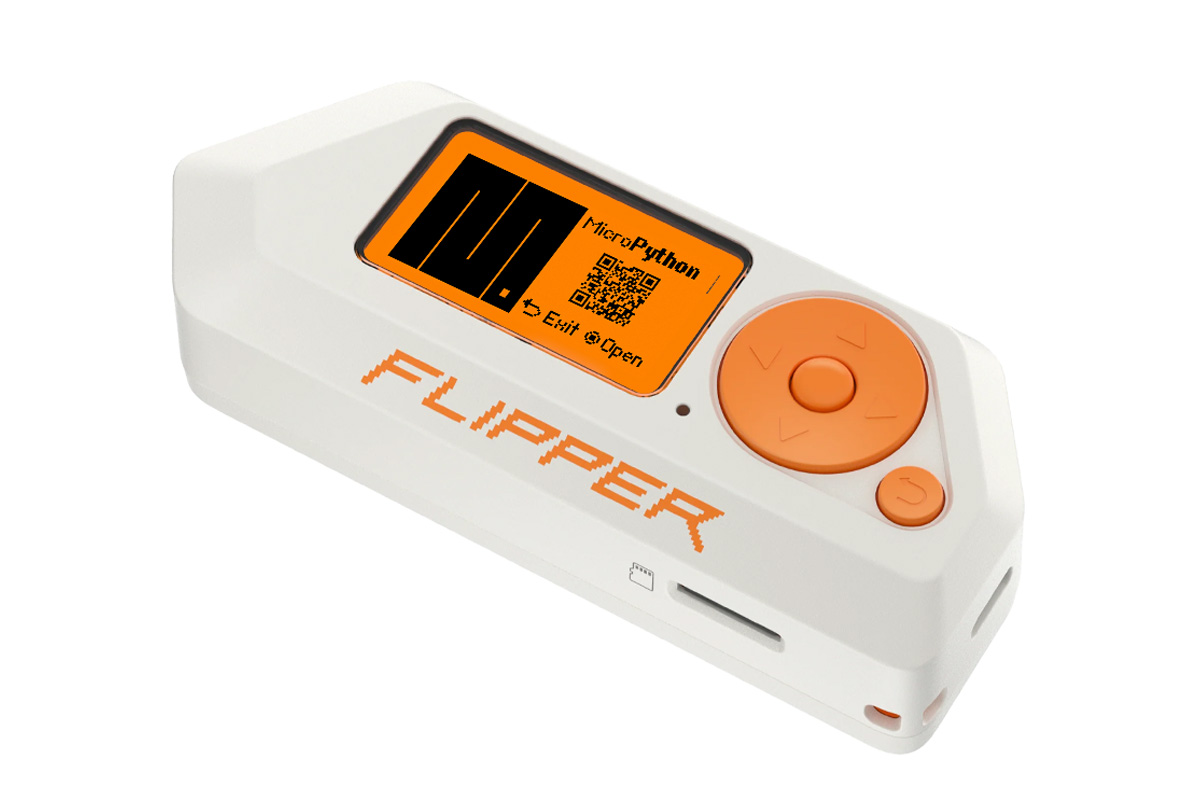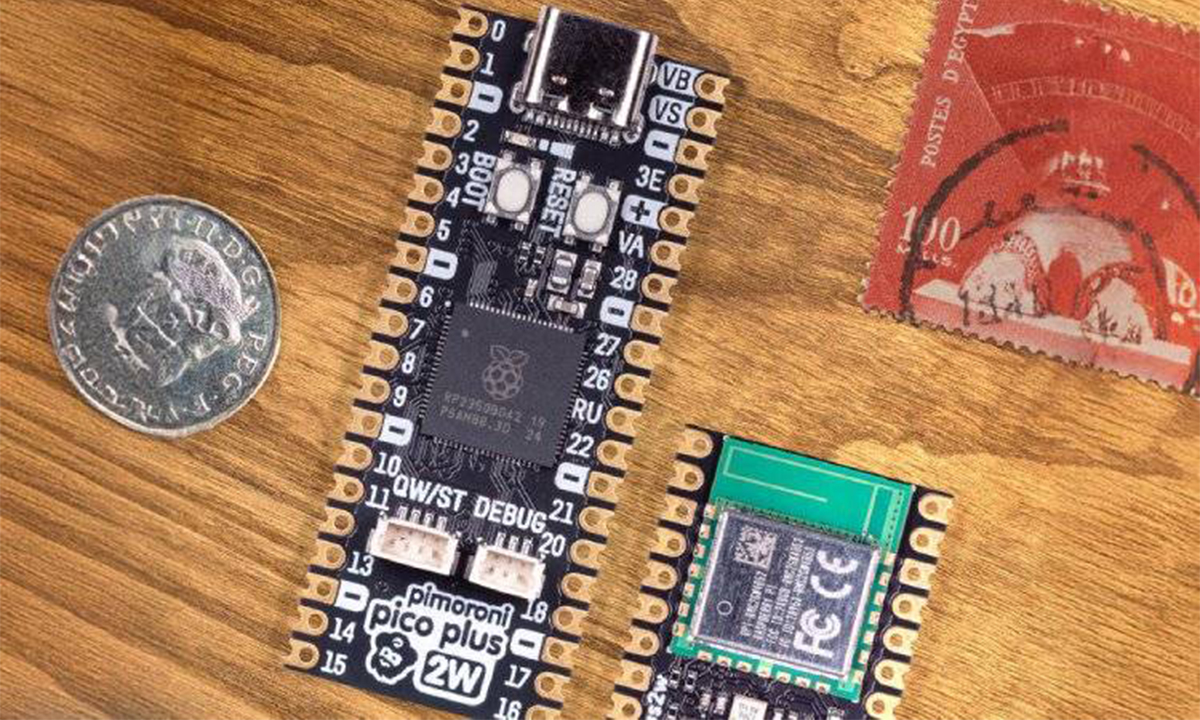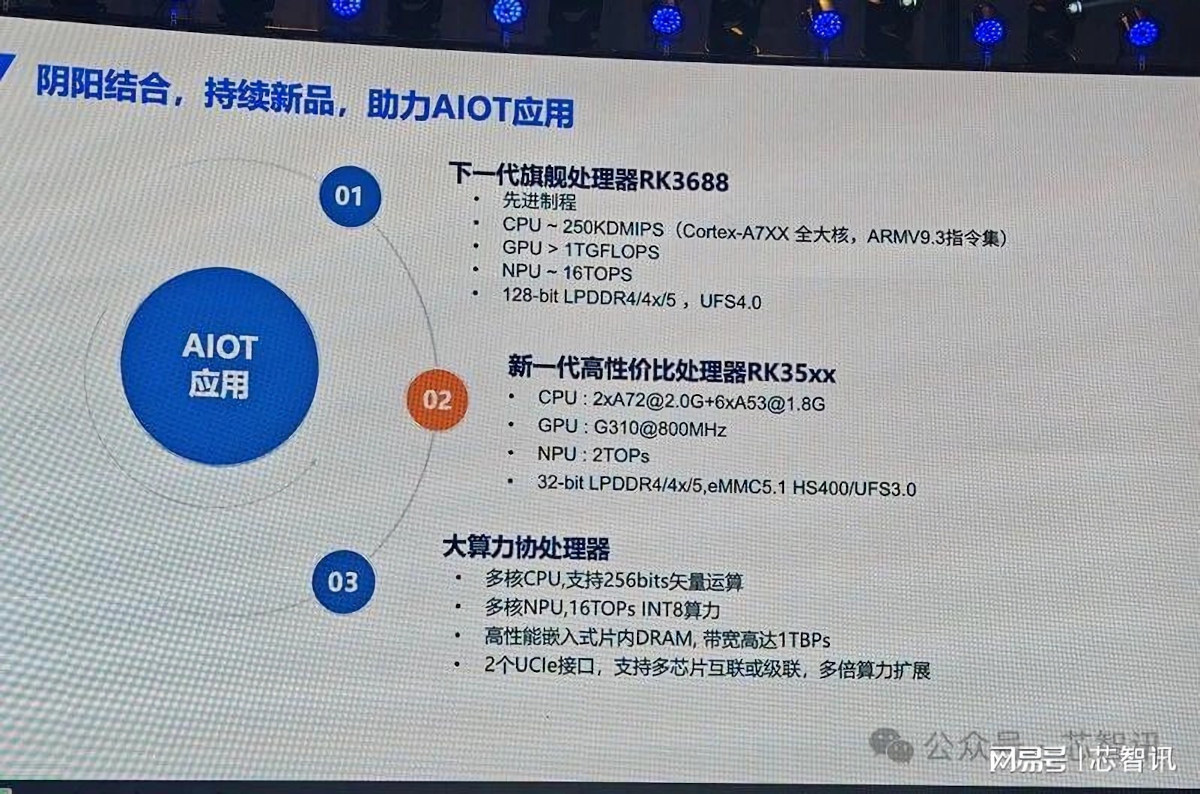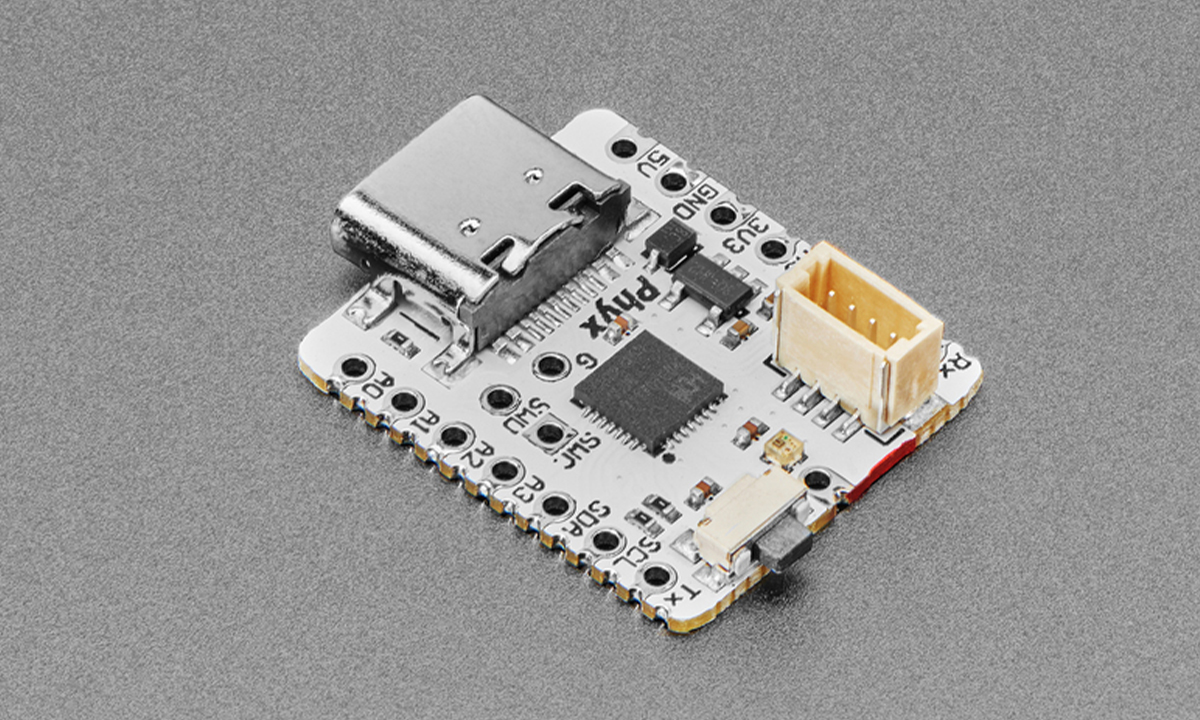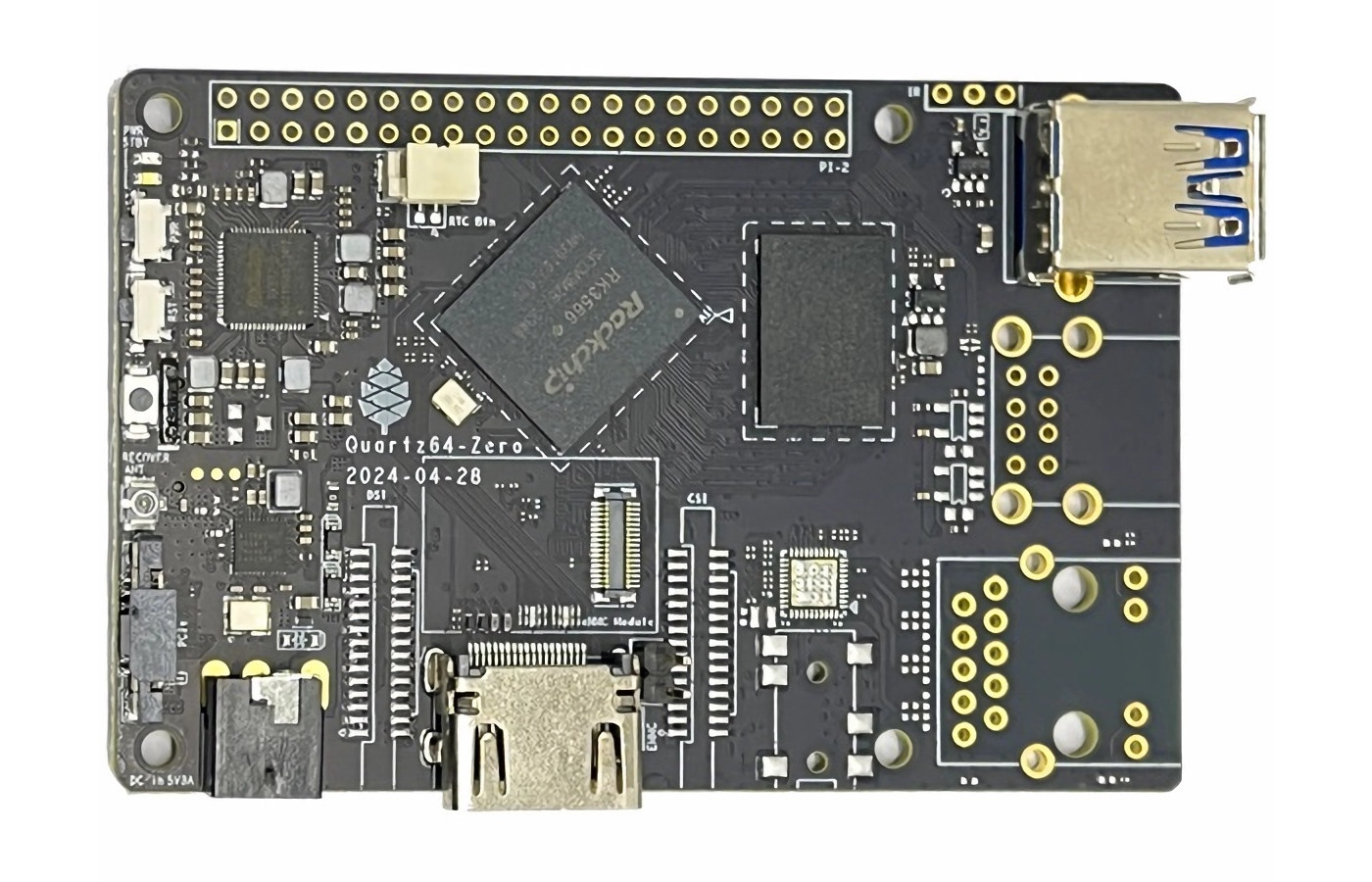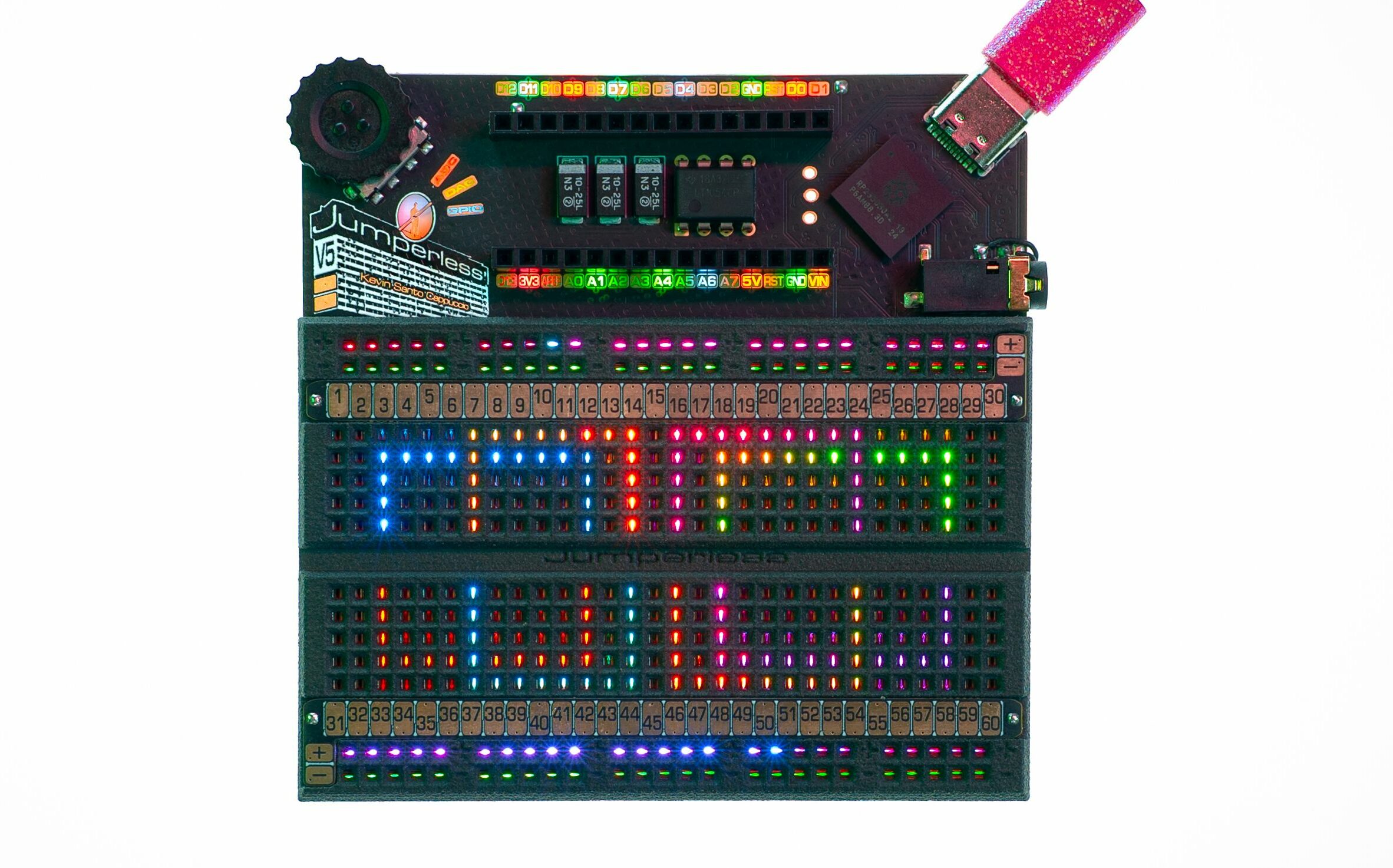Shivam Goyal, going under the Geeky Tronics name, has developed the DigiPort HDMI computer dongle powered by a Raspberry Pi CM4 system-on-module and designed to be connected directly to the back of an HDMI or through an HDMI cable. Since it does not support MHL, the DigiPort also needs a USB-C power source. You can add a keyboard and a mouse through its two USB 2.0 ports or via Bluetooth and network connectivity is managed through WiFi 5 making it a portable computer ready to use out of the box. DigiPort specifications: Supported System-on-Module – Raspberry Pi CM4 SoC – Broadcom BCM2711 quad-core Cortex-A72 processor @ 1.5 GHz System Memory – 1GB to 8GB LPDDR4-3200 SDRAM Storage – 0GB (CM4 Lite), or 8GB to 32GB eMMC flash Wireless – Dual-band WiFi 5 and Bluetooth 5.0 Storage – MicroSD card for OS when using a CM4 Lite module Video Output – […]
Flipper Zero hacking tool gets MicroPython support
Developer and engineer Oliver Fabel has developed a port that is designed to run MicroPython on the Flipper Zero. This port allows users to write programs for Flipper Zero in Python, instead of built-in JavaScript. Till now you can access GPIO, ADC, PWM, the speaker, buttons, the display, and infrared communication with this but it doesn’t have support for NFC or RFID yet, and it’s still under development. Previously we have written about various addon boards for the Flipper Zero like the Mayhem v2, the ESP8266 Deauther board, the CAN bus addon board, and other powerful alternatives of the Flipper like The M1 and the HackBat. Feel free to check those out if you are interested in the topic. The process is simple, and you don’t have to do a firmware update to work with MicroPython, you can download the application from the community-driven Flipper app store and are good […]
Pimoroni Pico Plus 2 W combines RP2350B MCU with Raspberry Pi RM2 Wi-Fi and Bluetooth module
Raspberry Pi released the Raspberry Pi Pico 2 a few months ago, featuring the new RP2350 chip. Despite several upgrades, it lacks wireless connectivity like Pico W. While there’s no official Raspberry Pi Pico 2 W yet, Pimoroni has developed an unofficial alternative, the Pimoroni Pico Plus 2 W, which integrates Wi-Fi and Bluetooth using a yet-to-be-formally-announced Raspberry Pi RM2 module and potentially set to appear in a future Pico 2W. The Pimoroni Pico Plus 2W board is powered by the Raspberry Pi RP2350B dual-core Arm Cortex-M33 microcontroller, features 16MB of QSPI flash with XiP support, 8MB of PSRAM, wireless connectivity, a USB Type-C port for power and data, and a Qwiic/STEMMA QT connector for breakout board integration. A few days ago, we covered the Pimoroni Explorer board, an electronic prototyping board built around the Raspberry Pi RP2350B chip. It features a 2.8-inch LCD screen, a speaker connector, and multiple […]
Upcoming Rockchip RK3688 Armv9.3 AIoT processor to feature a 16 TOPS NPU, UFS 4.0 interface
Rockchip has unveiled the RK3688 AIoT SoC with Armv9.3 Cortex-A7xx cores delivering up to 250K DMIPS (RK3588 delivers 93K DMIPS), a 1 TFLOPS GPU, and a 16 TOPS NPU. The new processor succeeds the Rockchip RK3588 octa-core Cortex-A76/A55 first announced in 2019, and also features a 128-bit LPDDR4/4x/5 memory interface, and a UFS 4.0 storage interface. That’s about all we know about the RK3688 right now, but we can also deduct it’s probably based on a new, yet-to-be-announced Arm Cortex-A7xx core, possibly named Cortex-A730 or Cortex-A735, because no Arm cores have been announced with the Armv9.3 architectures. The Arm Cortex-A725 CPU core unveiled last May still relies on Armv9.2, and I’d expect new Arm cores to be introduced within the next few months unless Rockchip made a mistake in the presentation slide above. Two other platforms were also announced at the same time starting with a new entry-level/mid-range RK35XX octa-core […]
Phyx LANA-TNY – A WCH CH32V203 RISC-V development board for embedded applications
The LANA-TNY is a compact development board created by Phyx and built around the CH32V203 RISC-V microcontroller. It offers a low-cost solution for embedded development and features a built-in USB bootloader, eliminating the need for an external programmer to flash the firmware. With a USB-C connector and a minimalist design, the board provides essential components to start development quickly. At its core, the Phyx LANA-TNY is powered by the CH32V203G6U6, a 32-bit RISC-V microcontroller from WCH Electronics, capable of running up to 144MHz with 1-cycle multiply/divide operations. It includes 10KB of SRAM, 32KB of single-cycle Flash, and 224KB of additional external flash for program or data storage, though the external memory operates at a slower speed. The CH32V203 microcontroller supports a range of peripherals, including ADC, timers, USB devices, UART, I2C, and SPI, making it suitable for a wide variety of embedded applications. Designed in the style of Adafruit’s QT […]
Quartz64 Zero – A customizable, cost-optimized Rockchip RK3566T SBC with Raspberry Pi PCIe connector
The Quartz64 Zero is a thinner, cheaper version of the Quartz64 Model B with a Rockchip RK3566T quad-core Cortex-A55 SoC clocked at 1.6 GHz, 1GB LPDDR4, and HDMI and USB ports. The Quartz64 Zero has almost the same design as the Quartz64 with footprints for optional components (more on that later). Two noticeable differences are the presence of the 20-pin PCIe connector compatible with the one found on the Raspberry Pi 5 instead of a mini PCIe socket, and WiFi 6 and Bluetooth 5.4 support instead of just WiFi 5/Bluetooth 5.0. Quartz64 Zero specifications (changes highlighted in bold and strikethrough when items have been removed): SoC – Rockchip RK3566T CPU – Quad-core Cortex-A55 processor up to 1.6 GHz GPU – Arm Mali-G52 GPU supporting OpenGL ES 1.1/2.0/3.2, OpenCL 2.0, Vulkan 1.1 NPU – 0.8 TOPS NPU for AI acceleration (Unclear whether it’s present, not listed in the specs) System Memory […]
Jumperless V5 programmable breadboard is based on Raspberry Pi RP2350B, features a built-in power supply (Crowdfunding)
Jumperless V5 is a one-of-a-kind, programmable breadboard based on a Raspberry Pi RP2350B microcontroller that lets you skip the jumper wires and jump right into prototyping. It is described as “an Integrated Development Environment (IDE) for hardware.” The Jumperless V5 also removes the need for test equipment as it comes with built-in power supplies and can function as a multimeter, oscilloscope, function generator, and logic analyzer. As the name implies, the Jumperless V5 breadboard is a revamped version of the original Jumperless, with significant upgrades to make the board easier to use. The Jumperless V5 features a 14 x 30 LED matrix display under the breadboard, a probe for making connections and measurements, four ±8 V, 300 mA power supplies, daisy-chain headers, and overcurrent/overvoltage protection. The software-defined jumpers allow all points to be connected. The four individually programmable ±8 V power supplies, GPIOs, and management channels for voltage, current, and […]
Olimex RVPC is a one Euro RISC-V computer kit with VGA and PS/2 connectors
Olimex RVPC is one Euro RISC-V computer powered by a WCH CH32V003 RISC-V microcontroller and equipped with a VGA port for video output and a PS/2 connector to connect a keyboard. You won’t be able to do much with this device as an end-user, but it does not matter since the RVPC open-source hardware board mostly targets the education market and is offered as a kit to be soldered to lower the selling price and to serve as a soldering learning kit. Olimex RVPC specifications: MCU – WCH CH32V003 32-bit RISC-V2A microcontroller up to 48 MHz with 2KB SRAM, 16KB flash (SOP8 package with 6x GPIOs) Video Output – VGA connector (3x GPIO used for Vsync, HSync, and RGB) Keyboard port – PS/2 connector (2x GPIO used) Programmer port – 2-pin header for CH32V003 programming through a board such as ESP32-S2-DevKit-LiPo-USB Misc – Buzzer (1x GPIO) and Red power LED […]


